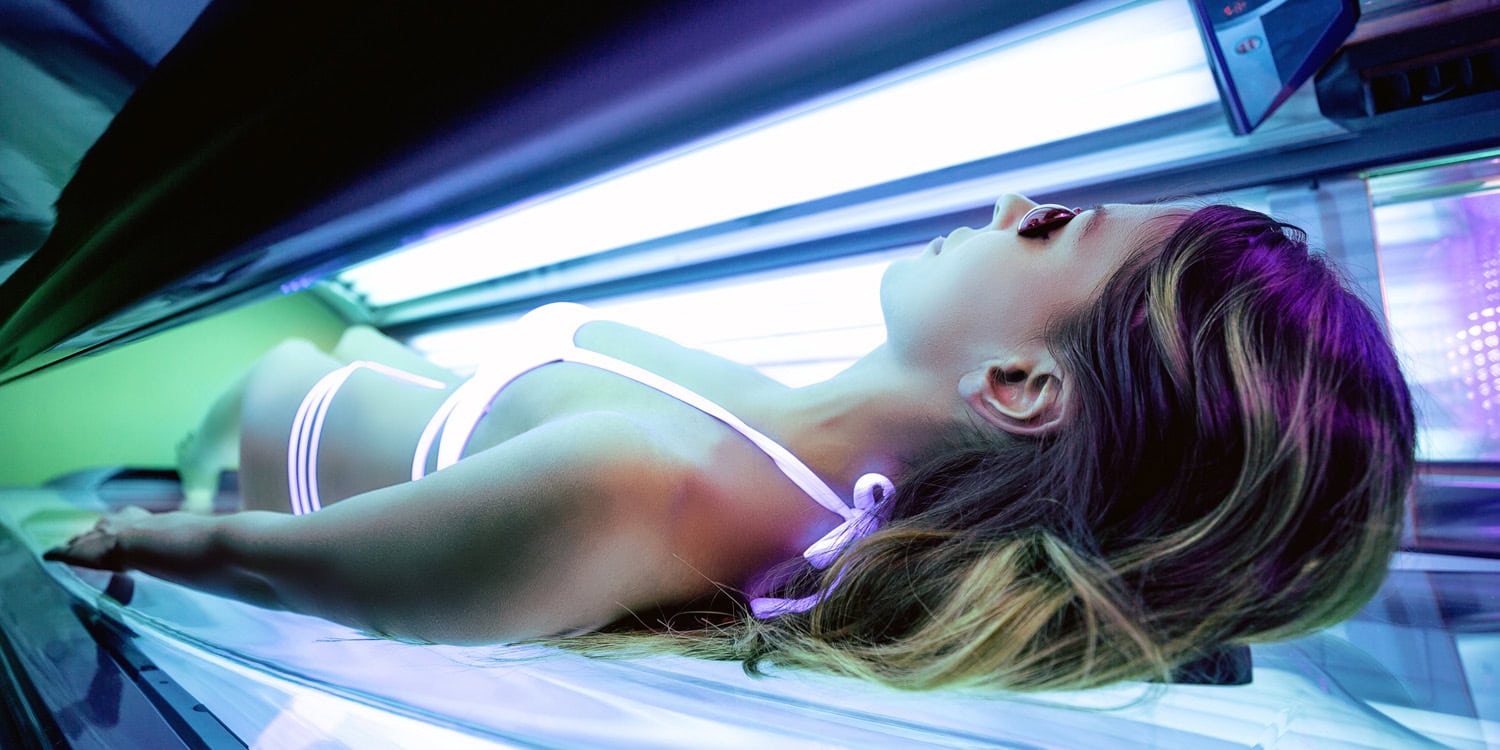A new study published in Evolutionary Behavioral Sciences sheds light on the reasons why some women engage in tanning behaviors, even when they are aware of the potential health risks. The researchers found that women’s attitudes toward tanning and the time they spend in the sun with the intention of tanning are influenced by how they see themselves as romantic partners and by their rivalry with other women.
Why did the researchers decide to explore this issue? At the heart of the study is an effort to understand why women often engage in behaviors that can enhance their physical attractiveness, even when those behaviors carry significant risks. Tanning, whether through sun exposure or using sunbeds, is known to increase the risk of skin cancer.
Despite widespread public health campaigns highlighting these dangers, many women continue to pursue tanning. The researchers, driven by a background in evolutionary psychology, sought to explore whether the drive to enhance one’s attractiveness could explain this seemingly paradoxical behavior.
The researchers were particularly interested in two factors: how women perceive their own value as a romantic partner (referred to as self-perceived mate value) and how much they feel they are in competition with other women (known as intrasexual competition). Previous studies have shown that men tend to prioritize physical attractiveness when choosing a partner, which in turn pressures women to enhance their appearance. The study aimed to see if these psychological factors could predict attitudes toward tanning and actual tanning behavior.
“This project idea came from discussions with a colleague, Alison Owen, who is a health psychologist specializing in understanding the determinants of why people use sunbeds,” said study author Manpal Singh Bhogal, a senior lecturer in psychology at University of Wolverhampton. “As I’m an evolutionary psychologist, I began to think about how people engage in attractiveness enhancement techniques to increase their mate value, and immediately we put two and two together and thought about examining mate value, intrasexual competition and how long people engage in tanning behaviors.”
To explore these questions, the researchers conducted two studies involving women from the United Kingdom. The first study focused on understanding how self-perceived mate value and intrasexual competition influenced attitudes toward sunbed use. Ninety-three women, all heterosexual, were recruited through social media platforms. Participants completed a series of questionnaires that assessed their attitudes toward sunbed use, their self-perceived mate value, and their level of intrasexual competition. The researchers used established scales to measure these factors, ensuring the reliability of their data.
The second study expanded on the first by looking at actual tanning behavior. Specifically, the researchers wanted to know how many days women spent in the sun with the intention of getting a tan. This study involved a larger group of 193 women, again recruited via social media. The same psychological factors were measured, but this time the focus was on the frequency of tanning behaviors rather than just attitudes.
The results of the two studies revealed some intriguing patterns. In the first study, the researchers found that women with a higher self-perceived mate value were less likely to have positive attitudes toward sunbed use. In other words, women who saw themselves as more attractive partners didn’t feel the need to engage in tanning to enhance their appearance.
In the second study, the researchers found that women who reported higher levels of intrasexual competition also spent more days in the sun with the aim of getting a tan. This finding supports the idea that rivalry between women can indeed drive behaviors aimed at enhancing physical attractiveness, even when those behaviors come with health risks.
“People engage in behaviors which increase their attractiveness and tanning is no different,” Bhogal told PsyPost. “Research shows that tanning is attractiveness, and intrasexual rivalry is associated with how long often people sunbathe in order to get a tan. People who score higher on an intrasexual rivalry, spend more time sunbathing in order to get a tan.”
Understanding these motivations could aid in developing more effective interventions. If health campaigns can address not just the risks of tanning but also the underlying psychological drivers, they may be more successful in encouraging safer behaviors.
“UV exposure has major health risks,” Bhogal noted. “It’s important to understand and take precautions when engaging in tanning behaviors. This was a side project initially, however, we are looking into interventions on how to address the risks associated with UV exposure.”
The study, “The Role of Self-Perceived Mate Value and Intrasexual Competitiveness in Tanning Behavior,” was authored by Manpal Singh Bhogal, Alison Leah Owen, and Courtney Rhead.




